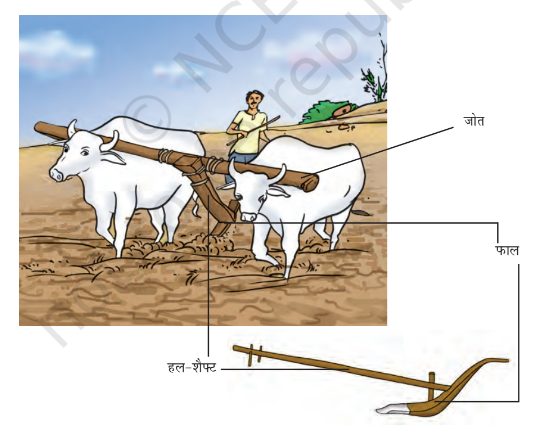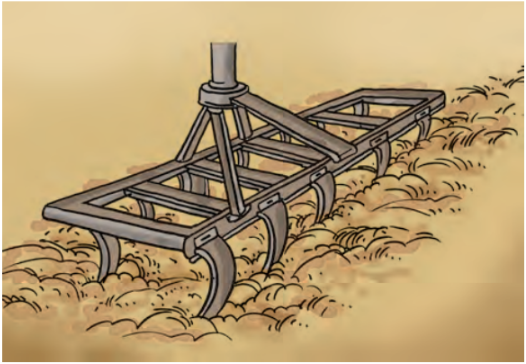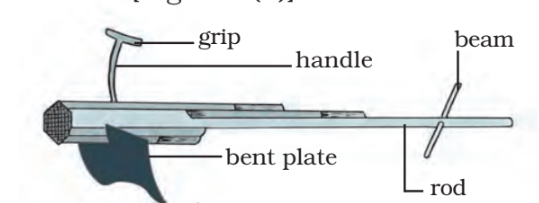Agricultural Implements and machines class 8
Agricultural Implements and machines class 8
Agricultural Implements pictures Agricultural Implements hsn code Agricultural Implements pdf Agricultural Implements meaning Agricultural Implements and machines Agricultural Implements with names Agricultural Implements manufacturers in India Agricultural Implements class 8 Agricultural Implements meaning in hindi
For good yield, it is necessary to loosen the soil before sowing. This work is done with many tools. Plough, hoe and cultivator are the main tools used in this work.
1. Plough: Since ancient times, plow has been used for ploughing, mixing manure/fertilizer, removing weeds and scraping the soil. This tool is made of wood which is pulled with the help of a pair of oxen or other animals (horse, camel). It has a strong triangular iron leaf which is called Phal. The main part of the plow is made of long wood which is called plow shaft. It has a handle at one end and the other end is connected to the plowing stick which is placed over the neck of the oxen. A pair of bulls and a man can run it easily. Nowadays iron plows are increasingly being replaced by local wooden ones. Taking place of the plough.
 |
| Source : NCERT Book |
2. Hoe : It is a simple tool, which we use to remove weeds from the soil and to loosen the soil. The hoe consists of a rod of wood or iron at one end of which is attached a wide and bent iron plate. This plate acts as a blade. The other end of the hoe is pulled by animals.
3. Cultivator : Nowadays, plowing of fields is done by cultivators, which are operated by tractors. The work is done very efficiently by the cultivator, which saves both time and labor.
 |
| Source : NCERT Book |
4. Seed drill : Nowadays, plowing of fields is also done by seed drill, this equipment is also operated by tractor. When sowing by seed drill, the depth and distance of the seeds remains the same and after sowing, the seeds are completely covered with straw to prevent the seeds from being eaten by birds. Through this the work gets done very fast which saves both time and labour.
 |
| Source : NCERT Book |


Comments